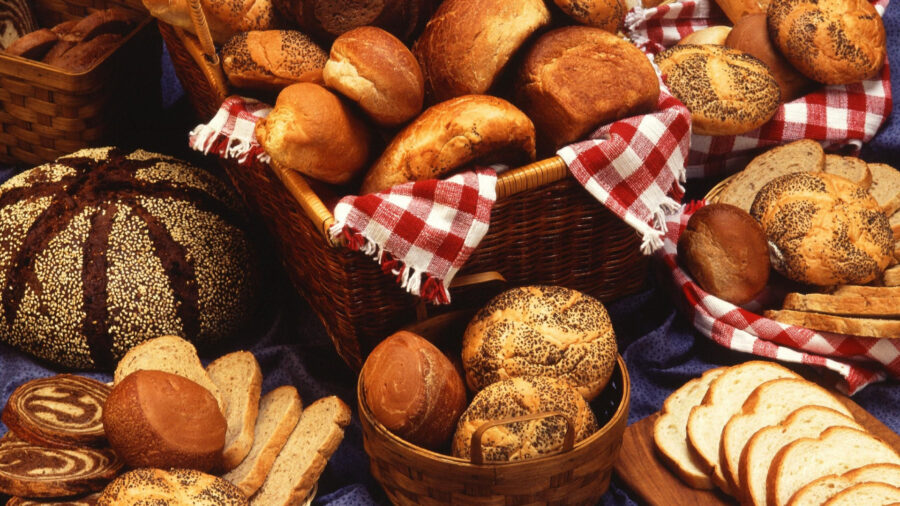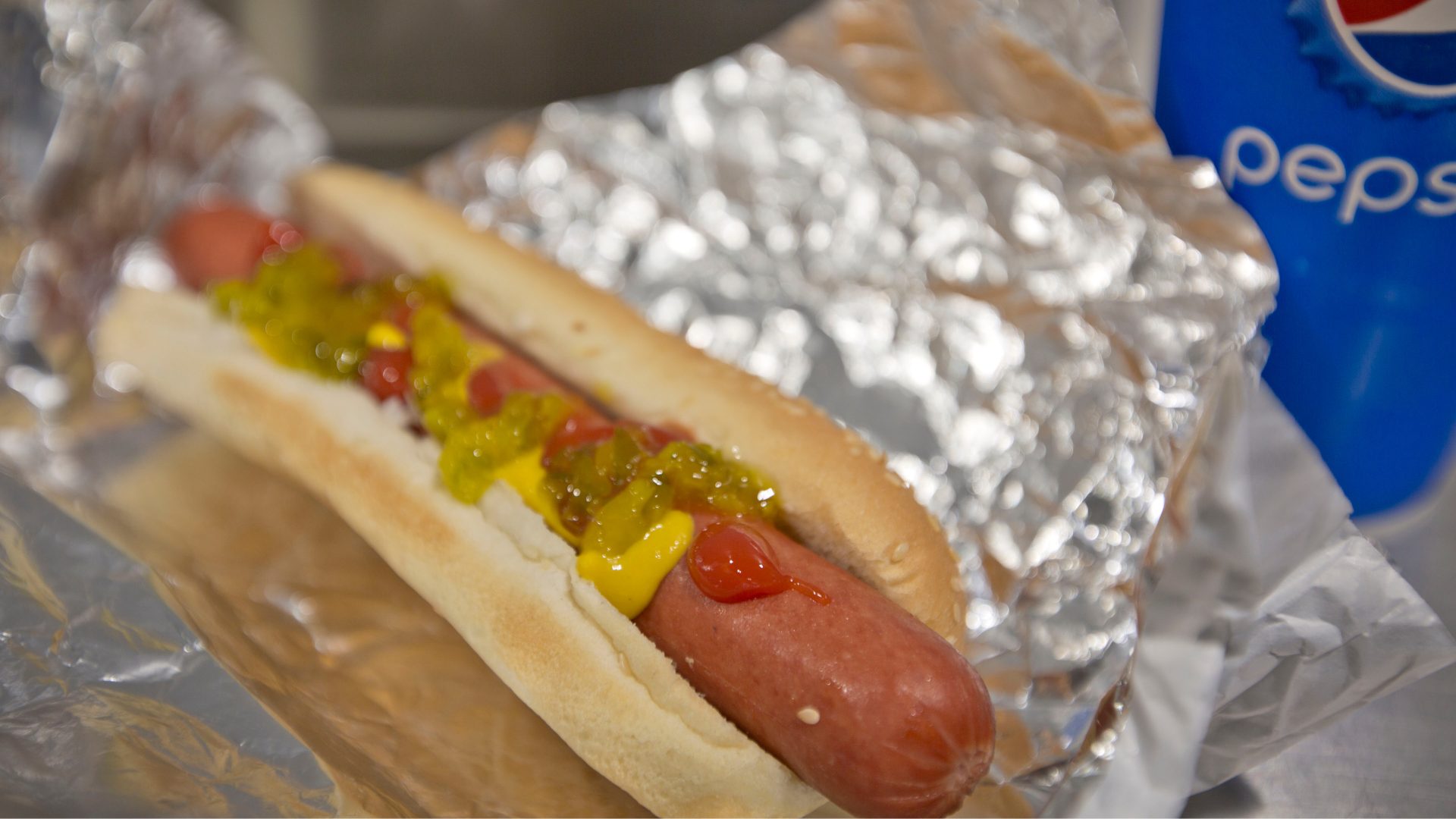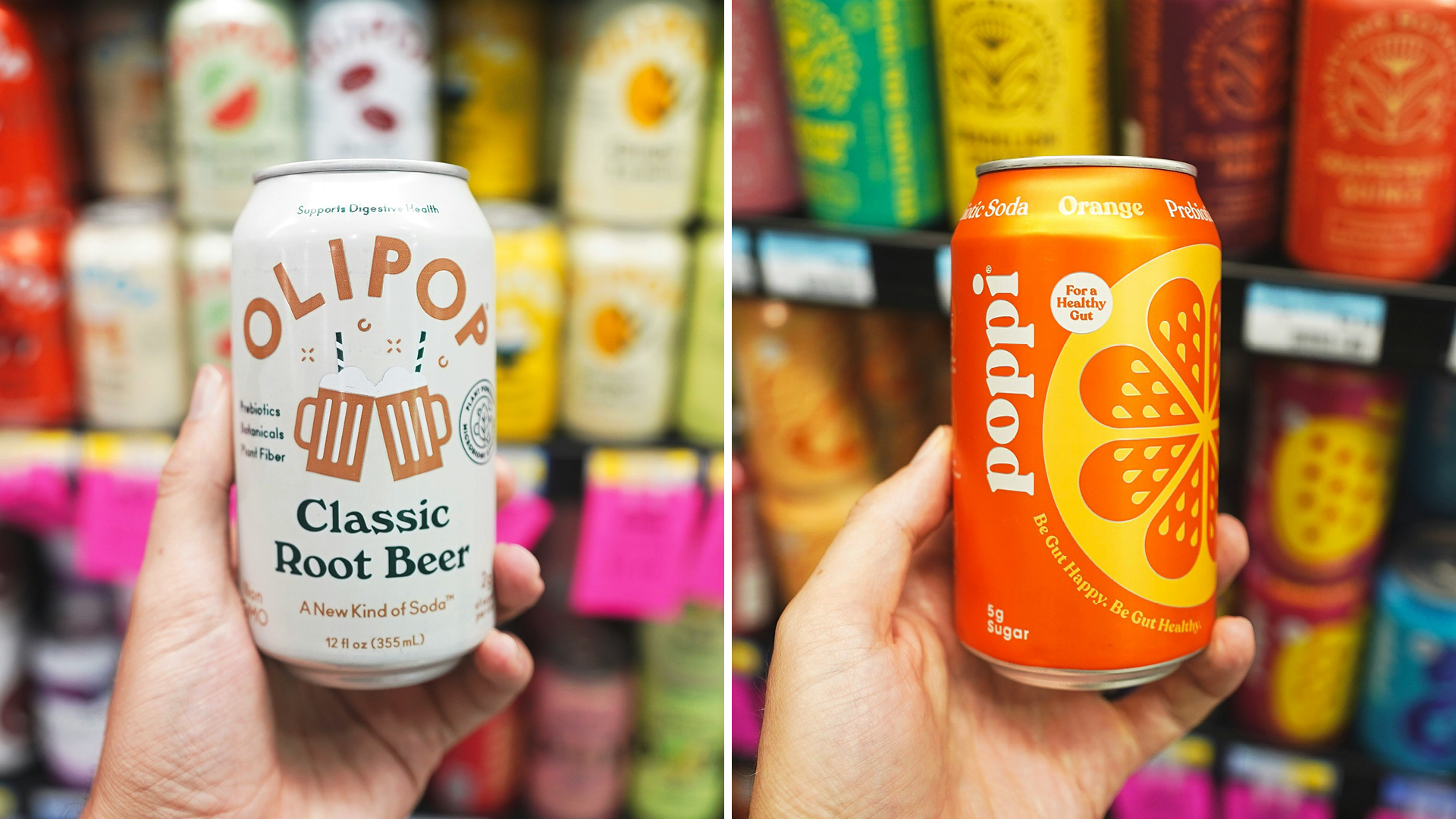After a challenging number of years, it looks like the bakery industry is in good shape.
In Rabobank Consumer Foods Analyst JP Frossard’s third edition of “Bakery Bites,” he looks at current growth drivers for the U.S. bakery industry and how they differ from those before the pandemic.
Here are the key findings based on The Food Institute’s inside look at the report:
IN-STORE BAKERY A LONG-TERM OPPORTUNITY
During the pandemic, in-store bakery (ISB) sales were directly hit by reduced grocery visits, demand for longer shelf-life items, and general fear of contamination from unsealed in-store products.
Technomic data shows that 38% of consumers used to shop at the in-store bakery on every, or nearly every, grocery trip. Even after the economy’s reopening, this number is currently lower (32%), with 14% of those not buying mentioning COVID as a reason.
Looking ahead, Technomic found that ISB sales are expected to be 18% higher in 2023 than in 2019.
“Center aisle players had a lot to celebrate after two years of increased traffic,” wrote Frossard. “At the same time, retailers and frozen bakeries need to find ways to bring back ISB consumers.”
Luckily for ISB, more consumers shopping in-stores means more impulse purchases. “ISB appeals to consumers’ sensory perceptions and desire for freshness, which means they can only benefit from increased visit frequency,” Frossard noted.
CATEGORY GROWTH VARIES
A look at volume growth in 2021 shows that bakery subcategories have gone in different directions, noted Frossard.
Despite a 7.5% jump in 2020, the bulky fresh bread category regressed and volumes were below pre-pandemic levels in the past year. Meanwhile, other home staples that saw flat volumes before the pandemic – such as breakfast items, burger and hot dog buns, and flour – maintained significant low/mid-single-digit growth in the past two years.
Interestingly, the products with the most growth during the pandemic were more indulgent items such as bagels, muffins, donuts, frozen pizzas, and salty snacks.
“Behind this growth, there is strong consumer demand for indulgent, convenient items and snacks that support categories that replicate the restaurant experience at home and provide comfort,” wrote Frossard.
However, there are still consumers who want to have a healthier diet. “They deserve to have a separate pipeline of innovative products,” said Frossard. “Consumers’ cravings are dynamic, so bakery offerings should be too.”












